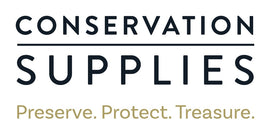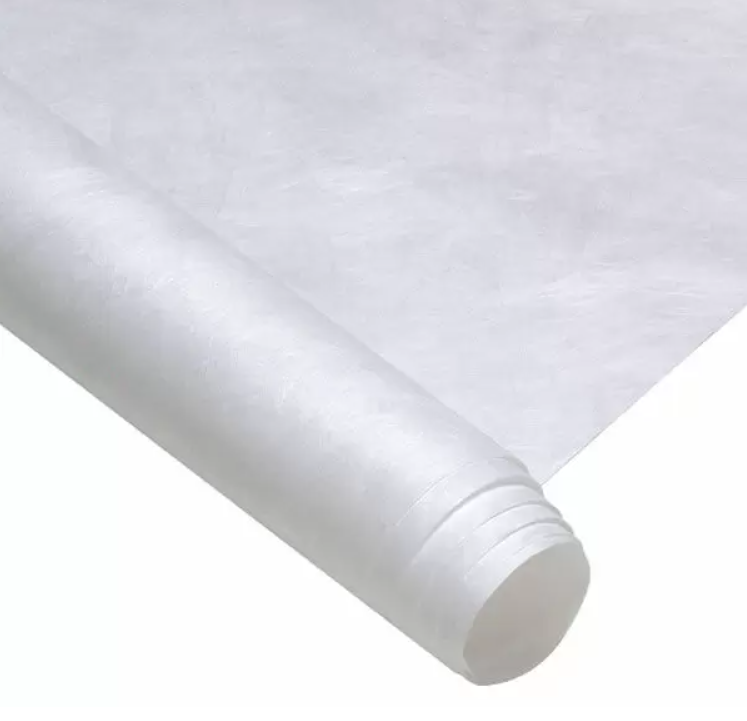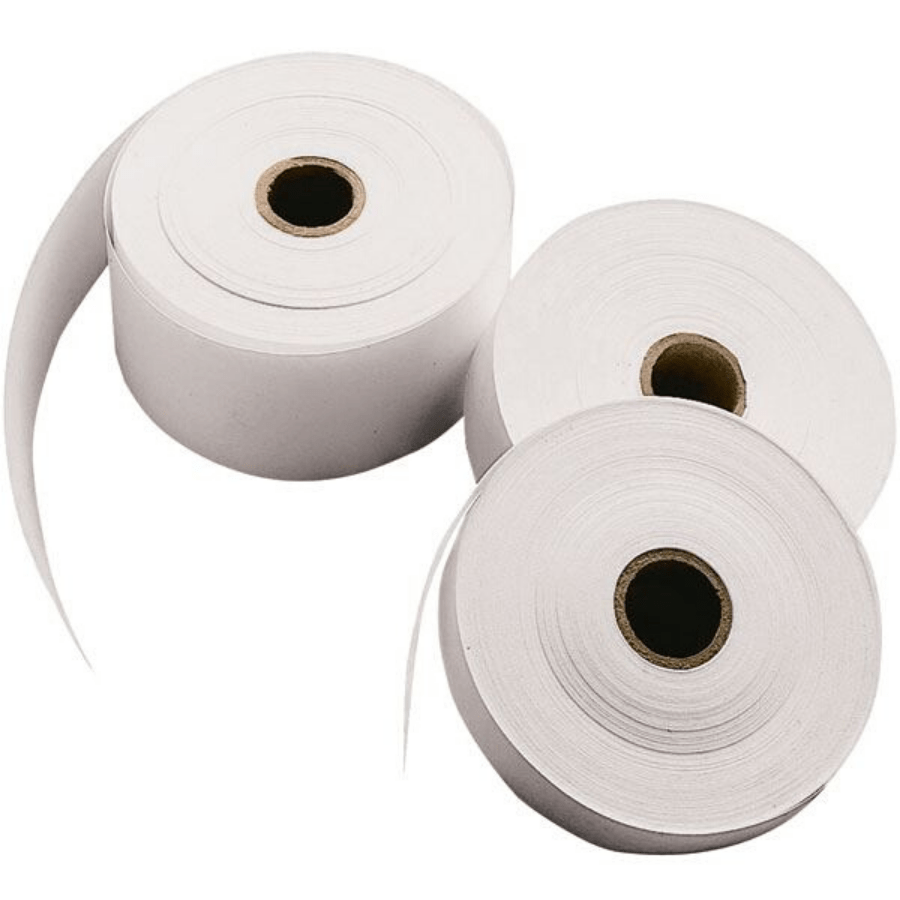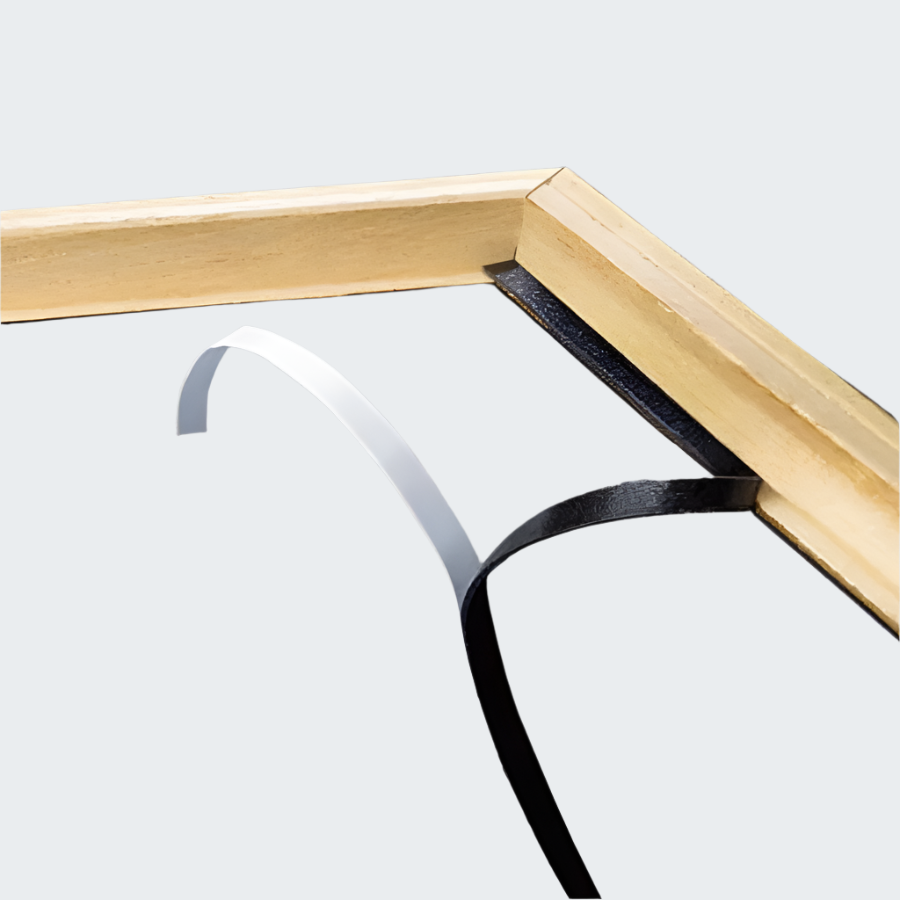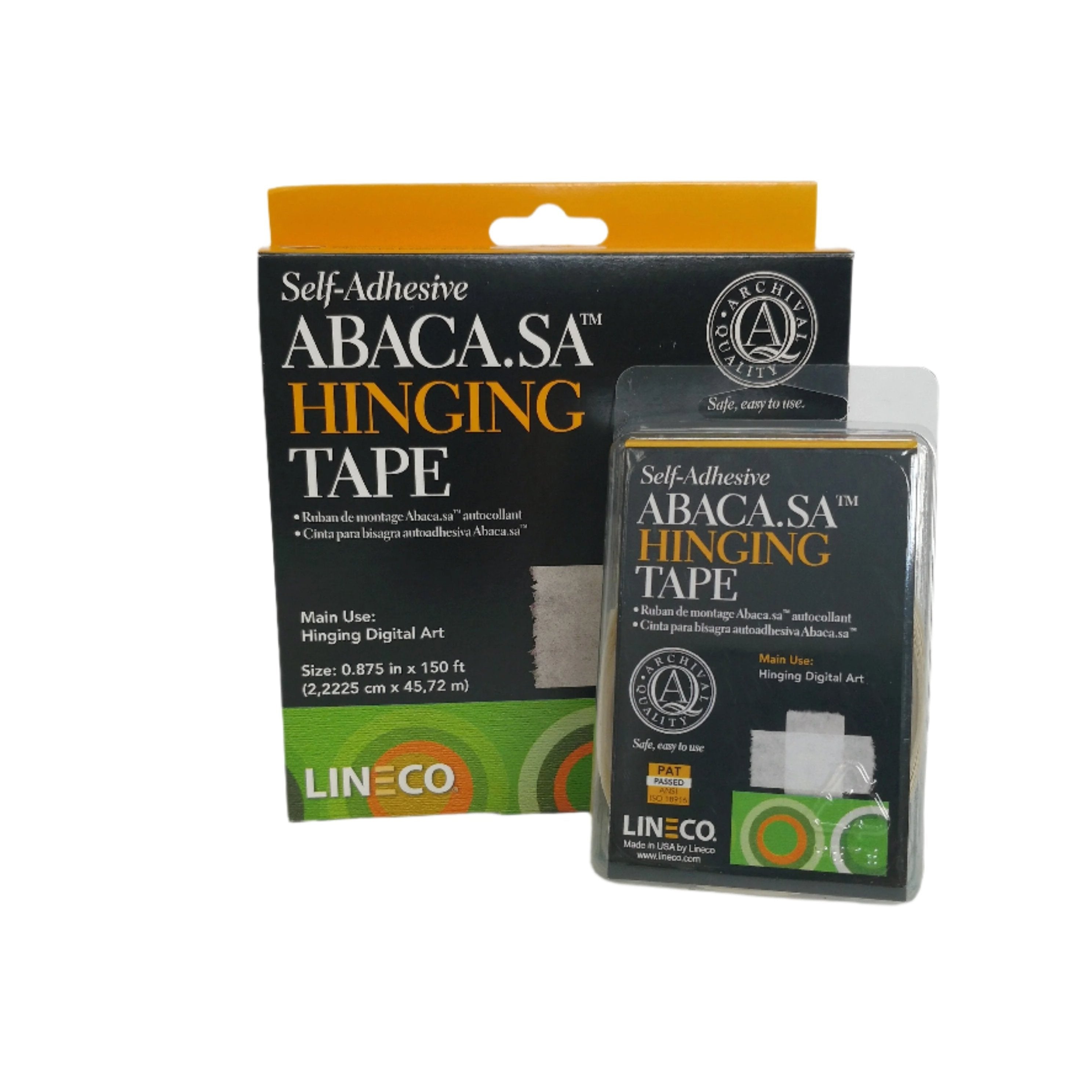How to Use Our Archival Products
for Framing
Preserving artwork, photographs, and documents in frames requires the right materials to ensure long-term protection from environmental damage.
Below is a step-by-step guide on how to use our archival products for professional-quality framing.
1. Backing the Frame
Frame Backing & Wrapping Paper
Use Frame Backing & Wrapping Paper or Tyvek Frame Backing Paper to protect against dust, moisture, and pollutants.
Cut the paper to size and attach it to the back of the frame with Archival Paper Framing Tape
Frame Backing & Wrapping Paper
Tyvek Frame Backing Paper
Sealing the Backing
To provide an extra layer of protection, seal the backing paper with Foil-Backed Frame Sealing Tape or Tyvek Tape.
These tapes help block out dust and humidity.
Foil-Backed Frame Sealing Tape
Tyvek Tape - hinging, binding, frame sealing, repairing
2. Protecting the Artwork in the Frame
Rabbet Protection
Line the frame rabbet (where the artwork sits) with Lineco Volara Rabbet Foam Tape.
This prevents direct contact between the frame and the artwork, reducing the risk of acid migration and damage.
Lineco Volara Rabbet Foam Tape
Mounting the Artwork
Use Lineco Abaca Hinging Tape or Filmoplast SH Tape to hinge artworks to the mat or backing board.
These tapes are archival-quality and allow for safe removal if needed.
Lineco Abaca Hinging Tape
Alternative Mounting Methods
3. Final Checks
Ensure all materials used are acid-free and archival-quality. Double-check that the artwork is secure but not overly tight to prevent warping or buckling.
Store framed pieces in a controlled environment to prevent exposure to extreme temperatures and humidity.
Using the right archival framing materials will keep your artworks, photographs, and documents well-preserved for years to come.
Browse our full range of conservation supplies for more professional framing solutions!

Have Any Questions?
We are here to answer all of your queries
